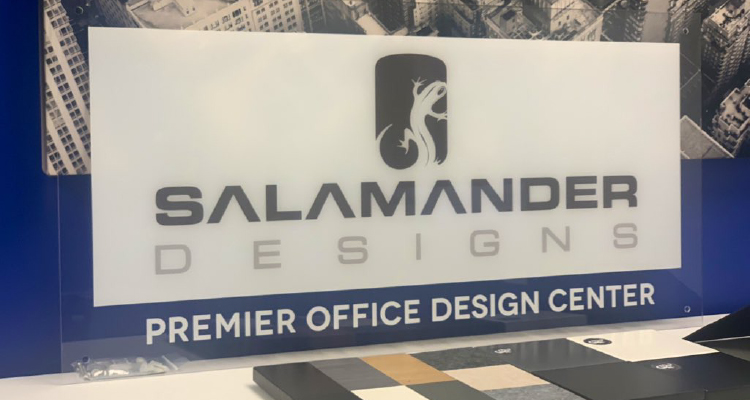Integrating The Integrators: You’re All On The Same Side
One of the more crucial yet difficult tasks for owners and general managers is team building. Not in the fluffy sense that big business HR people like to wave their hands in the air and talk about, but for real: actually working together efficiently and effectively.
The scenario that’s common to all small businesses, not just integrators, is the tendency for personnel to divide into cliques, often along the lines of job functions. It’s Psychology and Sociology 101, but the creating of in-groups leads to the definition of out-groups, often characterized by words like, “Those guys don’t know what they’re doing!”
The net result is a loss of trust: the installers don’t trust the sales guys and the designers to do a good job, the sales guys don’t trust the installers and the designers, and nobody trusts the programmers. Meanwhile, the poor project manager is stuck in the middle, staring forlornly at labor and site reports that make him want to cry.
It’s a common problem, but fortunately there are common solutions. Central to team building is fostering trust and understanding. Trust that each work group understands their role, and understanding the details of other people’s jobs.
Several commercial integrators I know maintain a new hire policy that all new employees, regardless of what they’ve been hired for, and regardless of their prior experience, have to spend the first three months of their employment in the field as an installer’s assistant.
That’s a fantastic idea — installers start their career learning the fundamentals of their employer’s best practices from senior installers, and people like salesmen and designers develop a more keen appreciation for what installers actually do, and what they need from the sales and design teams in order to be effective.
While during my time as a designer I spent some time strapping on a tool belt and working as a Wire Monkey, 3rd Class, when we were short-handed, in hindsight, I missed out by not having been thrown into the field right out of the gate. It would have been a big help.
One team building strategy that’s less common is job rotation. In fact, I’ve only met one company, a mid-sized commercial security integrator that does it as a matter of policy (and I’ve been racking my brain and my contact notes trying to remember the name!). In its case, in addition to its regular training, this company schedules ride-along days: salesmen spend a day working as an installer’s assistant; installers spend a day with a central station phone operator, and so forth. Spending a day every few months working hands-on and alongside other team members gives everybody a better awareness of what others do all day, not to mention giving people insight into how better to do their own job to make their colleagues’ lives easier.
That particular company maintains their ride-along days because since instituting them, the managers have noted a substantial improvement in inter-team harmony. Granted, it’s easier to schedule a regular event like that in a medium-sized, 100-person business than it is for a small group of 12, but it’s still possible.
For integrators, efficiency is everything. Every change that can make a company run more tightly and efficiently should be explored, large or small. For general managers who think that their job groups could stand to play better with others these suggestions are well worth experimenting with.
Lee Distad is a rAVe columnist and freelance writer covering topics from CE to global business and finance in both print and online. Reach him at lee@ravepubs.com






